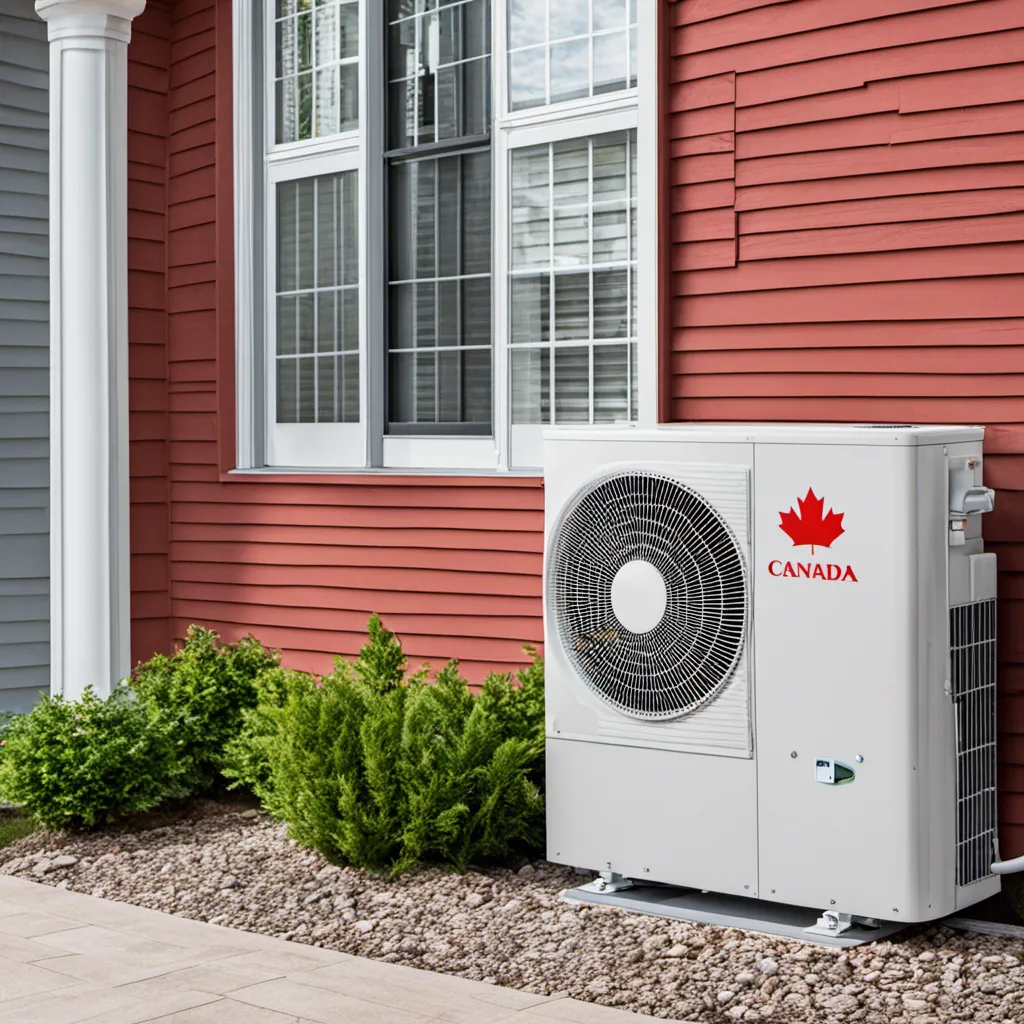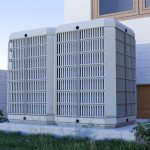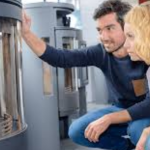Canada’s vast and diverse landscape means its residents experience a wide range of climates. This naturally brings the question: can a heat pump effectively replace a traditional furnace in the country? Here’s what you need to know.
Understanding Canada’s Climate: From the milder conditions of Vancouver to the icy winters in Winnipeg, Canada’s climatic range is broad. Heat pumps are designed to extract heat from the outside air even during cold temperatures. However, as temperatures drop below -10°C, the efficiency of heat pumps can diminish, making them potentially less capable of providing sufficient warmth during the peak of Canadian winters.
Hybrid Heat Systems: One solution to this challenge is a dual fuel or hybrid heat system. This integrates the capabilities of both a heat pump and a traditional furnace. The system intelligently assesses the outdoor temperature and chooses the most efficient heating method. While the heat pump operates during milder temperatures, the furnace takes over in extreme cold, ensuring consistent warmth and energy efficiency.
Heat Pump in Canada: Pros and Cons
| Pros | Cons |
| 1. Dual Functionality: Heat pumps can both heat and cool, providing year-round climate control. | 1. Efficiency Drop in Extreme Cold: Efficiency can diminish in temperatures below -10°C. |
| 2. Environmental Benefits: Heat pumps are generally more environmentally friendly as they transfer heat instead of burning fuel. | 2. Higher Upfront Costs: Typically, heat pumps have a higher initial investment compared to traditional furnaces. |
| 3. Potential for Lower Operating Costs: In areas with affordable electricity or green energy incentives, operating costs can be lower in the long run. | 3. Regional Dependence: Effectiveness can vary based on local climate conditions and energy costs. |
| 4. Improved Air Quality: Some heat pumps can help in improving indoor air quality by reducing humidity and filtering the air. | 4. Electricity Reliance: Heat pumps rely on electricity, which can be a con if there are power outages or high electricity prices. |
| 5. Safe Operation: There’s no risk of carbon monoxide poisoning, as they don’t burn fuel. | 5. Need for Backup: In extreme cold, backup heating solutions may be necessary. |
Cost and Energy Efficiency: Heat pumps often come with higher upfront costs compared to traditional furnaces. Yet, in regions of Canada with affordable electricity or green energy incentives, the long-term operating costs can be lower. On the other hand, in areas where electricity is expensive, using a heat pump might not be as cost-effective.
Benefits Beyond Heating: Heat pumps offer dual functionality—they can both heat and cool homes. Thus, they serve as an efficient air conditioner during warmer months, providing year-round climate control. Additionally, as they transfer heat rather than burn fuel to produce it, heat pumps stand out as a more environmentally friendly choice.

Pre-requisites for Optimal Functioning: Regardless of the chosen heating method, ensuring a well-insulated home is paramount, especially in colder climates. This helps in retaining the heat produced more efficiently. Also, like all heating systems, heat pumps require regular maintenance to ensure optimal performance and longevity.

Final Thoughts: While heat pumps offer numerous benefits, whether they can replace a furnace in Canada hinges on regional climate conditions, energy costs, and household requirements. In milder regions, a heat pump might suffice, but in colder areas, a combined hybrid system may be the best approach. Before deciding, it’s wise to consult with an HVAC professional to assess the most suitable solution for individual circumstances.






Leave a Reply